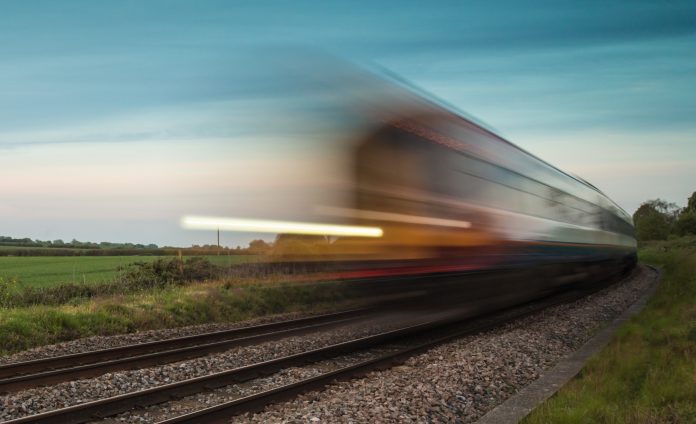A House of Lords report recommends changes to the HS2 project without any consideration of the transport needs and opportunities in the Midlands
The report, “Rethinking High Speed 2”, says the new railway should be reduced in speed and scope to save money and built from North to South so that it benefits northern cities sooner.
- The East Midlands Hub will deliver 74,000 jobs and £4bn in growth and UK Central at Interchange will deliver 77,500 jobs and £4.1bn in growth, but these benefits, as well as others across the region, are not being taken into account.
- HS2 is already benefiting the Midlands with thousands of jobs, record international investment, and well overdue major construction projects. This report puts those investments at risk.
- Speed is fundamental to increasing capacity. Slowing the new railway down will limit its capacity, ability to support faster and more efficient trains, and its attractiveness as an environmentally-friendly alternative to domestic air and car travel.
Current plans for HS2 include six stations in the Midlands: Birmingham Curzon Street, Interchange Station in Solihull, Stafford, Stoke-on-Trent, Chesterfield and the East Midlands Hub at Toton. None of these stations, or the huge economic development and regeneration opportunities around them, receive any consideration in the report.
East Midlands Councils’ plans for the East Midlands Hub at Toton predict the new station and associate development will deliver 74,000 jobs and £4bn in economic growth. The Urban Growth Company’s plans for UK Central at Interchange in Solihull include 77,500 jobs, 4,000 homes and £4.1bn in growth. However as these benefits are not directly attributable to the work done by HS2 Ltd, they do not officially contribute to the project’s business case.
The report proposes cuts in speed to reduce cost and the need for tunnelling, as well terminating the new railway at Old Oak Common in West London, in order to save money on tunnelling into and expansion of London Euston Station. However, the House of Lords report on HS2 in 2015, championed the importance of city centre stations in order to achieve the highest economic and agglomeration benefits.
A recommendation to reduce the railway’s speed risks not only undermining the project’s business case and line capacity, but also increases the whole life cost of operating the railway. Although HS2 trains will not run at 400kmph immediately, designing the railway to support these speeds future-proofs the new railway so that it can accommodate faster and more efficient trains in the future.
By constantly setting the North against the South and London, while completely neglecting to mention the Midlands, this report stokes domestic conflict and disagreement when the greatest economic benefits only result from closer working, integration and greater connectivity between economic centres. For example, HS2 will cut the journey time from Birmingham city centre to London city centre by 37 minutes to just 45 minutes.
Maria Machancoses, director of Midlands Connect, said: “This report mentions Northern Powerhouse Rail well over 50 times but the East Midlands Hub, Toton, the Midlands Rail Hub, Curzon Street, UK Central and Midlands Connect do not appear even once.
“We are a region of 11 million people, contributing over £200bn to the UK economy every year and it’s as if the House of Lords committee has completely forgotten that we exist.”
Andrew Pritchard, director of policy and infrastructure at East Midlands Councils, added: “This report totally ignores the benefits of HS2 to the East Midlands. HS2 will transform connectivity between the East Midlands, the West Midlands, Yorkshire and the North East.”

















